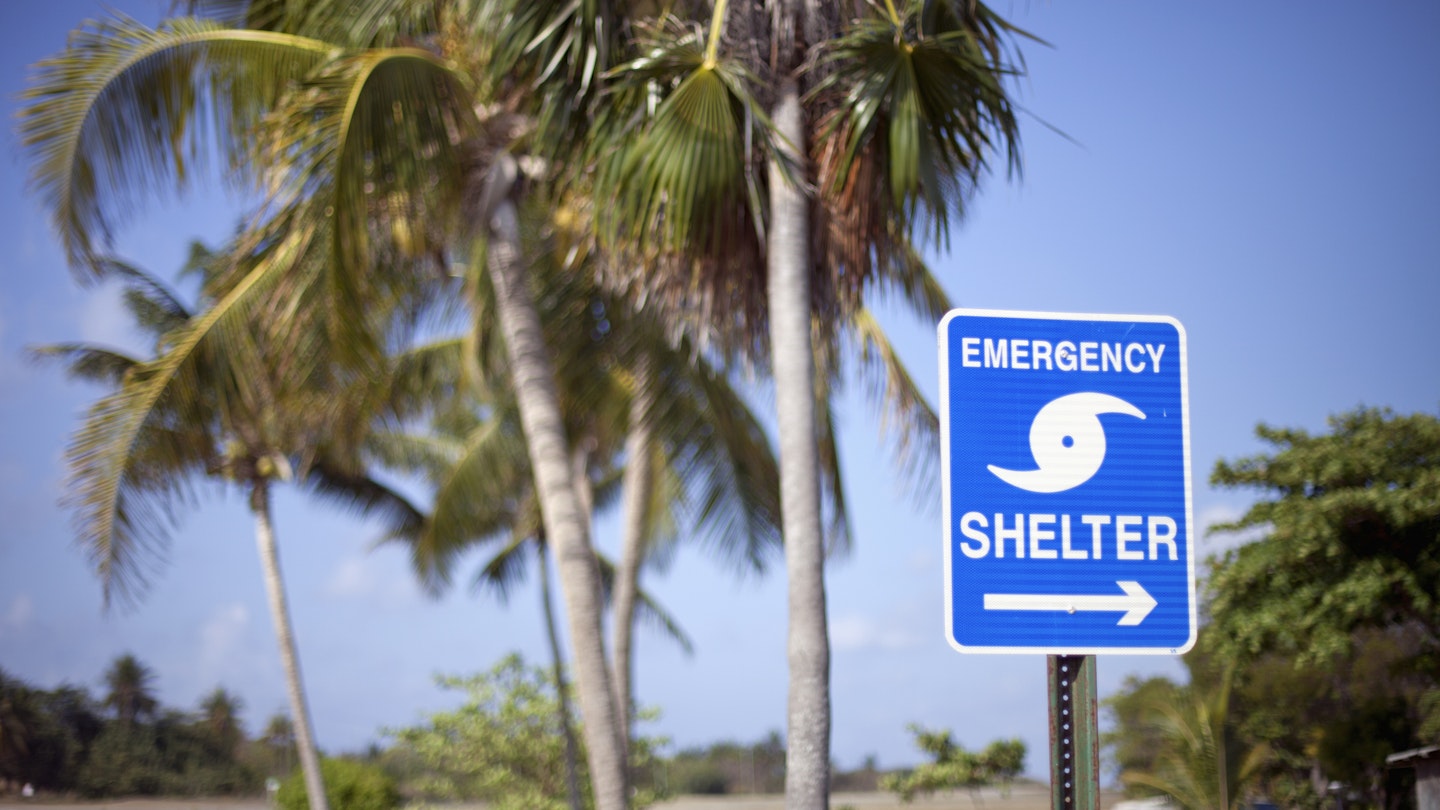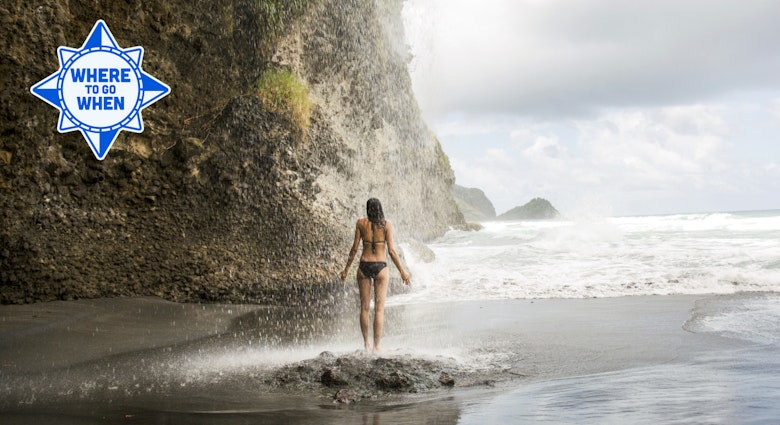
How to travel to the Caribbean during hurricane season
May 16, 2024 • 2 min read

Here's how to be prepared when visiting the Caribbean during hurricane season © Noel Hendrickson / Getty Images
Winter, spring, summer or fall – it’s never a bad time to visit the Caribbean.
While summer ushers in the Caribbean’s hurricane season, the increase in rainfall usually yields deals on everything from flights to hotel rooms. Wet weather doesn’t dampen the spirit of the region or its resilient people. And many islands, such as St Lucia, St Vincent and Antigua, indulge in the revelry and splendor of carnival (vaval) between June and August.
If you're considering travel to the Caribbean during the summer and fall, we've got answers to your most pressing questions about how to navigate potential storms.
Ready to plan your trip? Here are the best places to visit in the Caribbean

When is hurricane season?
Hurricane season lasts from June through November; the most active months are August through October.
How can I protect my trip?
Should your trip be interrupted by inclement weather, travel insurance can help cushion the blow and get you back in the Caribbean again at a later date. A range of companies cover trip interruptions and cancellations – just make sure that there’s a "cancel for any reason" clause that includes weather. Also check your credit cards to find out if you're already covered.
What's the best method for monitoring potential storms?
Thanks to sophisticated tracking systems and the slow-build nature of hurricanes, you know pretty well in advance if a storm is heading your way. Pay attention to forecasts in the time leading up to your vacation and avoid completely unplugging while you’re on the road – you’ll have to act quickly should an emergency arise. And if local authorities say to evacuate an area, listen.
Visiting the Caribbean at other times of the year? Here's our seasonal guide

What happens if there's a hurricane while I'm there?
Familiarize yourself with the destination's evacuation plans and resources before you go. Once you arrive, check with local authorities or experts to find out how their alerting system works. There might be an emergency text service or other warning system to keep you updated. You'll want to know where to go before things turn too dangerous to move. If you’re in the storm’s path and evacuation is not an option, take refuge by putting as much space between you and the outdoors as you can – shelter in interior rooms, and avoid glass and windows.
What else do I need to know?
Even if an island sits outside the hurricane belt, it’s still possible to feel some effects from passing storms, such as wind, heavy rain and rough seas. Pay attention to the forecast if you know a system is close by, and ask locals about the drivability of routes during and after rain before you set out.
What websites should I bookmark?
US National Oceanic and Atmospheric Administration tracks hurricane activity in the Gulf of Mexico and the Caribbean Sea.
Caribbean Hurricane Network Blog is powered by NASA-powered radar. They also have hurricane correspondents across the islands.
Adapted from Lonely Planet's latest Caribbean Islands guidebook. Buy it here.
Explore related stories









